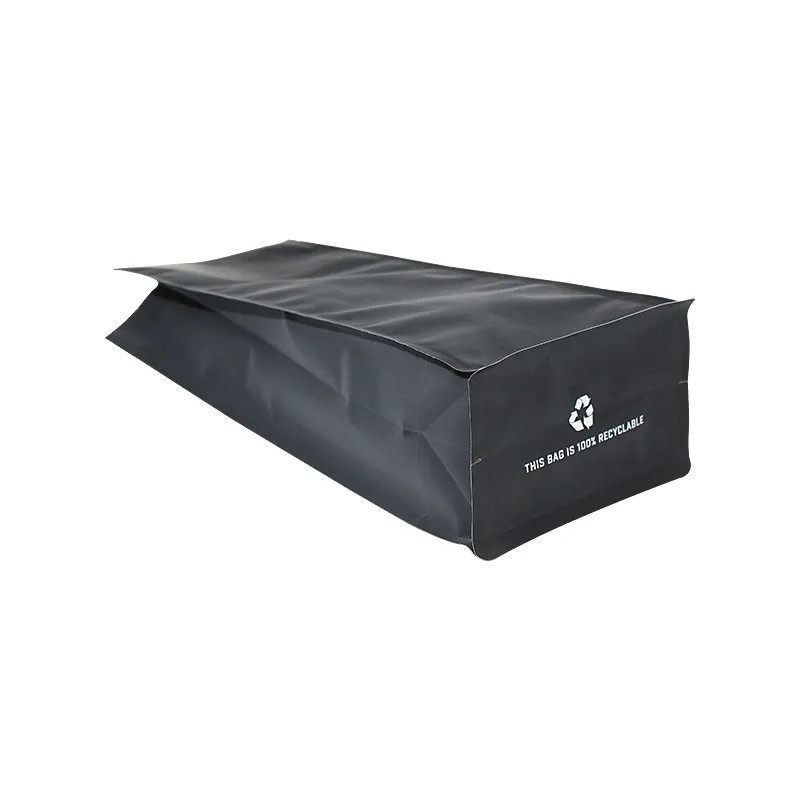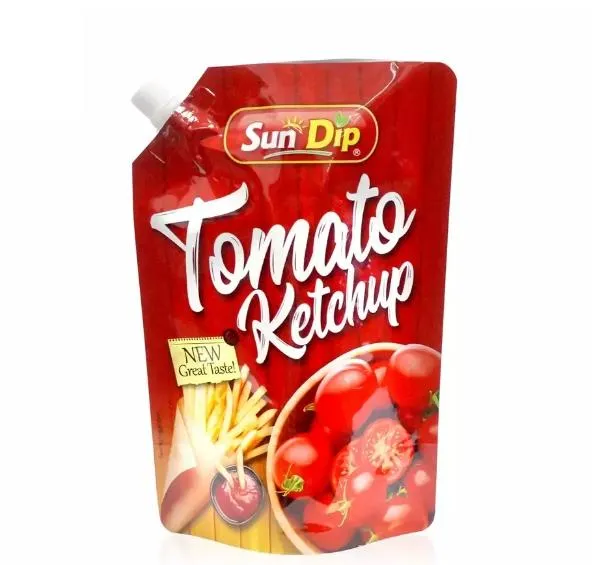- Afrikaans
- Albanian
- Amharic
- Arabic
- Armenian
- Azerbaijani
- Basque
- Belarusian
- Bengali
- Bosnian
- Bulgarian
- Catalan
- Cebuano
- chinese_simplified
- chinese_traditional
- Corsican
- Croatian
- Czech
- Danish
- Dutch
- English
- Esperanto
- Estonian
- Finnish
- French
- Frisian
- Galician
- Georgian
- German
- Greek
- Gujarati
- haitian_creole
- hausa
- hawaiian
- Hebrew
- Hindi
- Miao
- Hungarian
- Icelandic
- igbo
- Indonesian
- irish
- Italian
- Japanese
- Javanese
- Kannada
- kazakh
- Khmer
- Rwandese
- Korean
- Kurdish
- Kyrgyz
- Lao
- Latin
- Latvian
- Lithuanian
- Luxembourgish
- Macedonian
- Malgashi
- Malay
- Malayalam
- Maltese
- Maori
- Marathi
- Mongolian
- Myanmar
- Nepali
- Norwegian
- Norwegian
- Occitan
- Pashto
- Persian
- Polish
- Portuguese
- Punjabi
- Romanian
- Russian
- Samoan
- scottish-gaelic
- Serbian
- Sesotho
- Shona
- Sindhi
- Sinhala
- Slovak
- Slovenian
- Somali
- Spanish
- Sundanese
- Swahili
- Swedish
- Tagalog
- Tajik
- Tamil
- Tatar
- Telugu
- Thai
- Turkish
- Turkmen
- Ukrainian
- Urdu
- Uighur
- Uzbek
- Vietnamese
- Welsh
- Bantu
- Yiddish
- Yoruba
- Zulu
Sustainable Recyclable Cookie Packaging Eco-Friendly Solutions
- The Growing Imperative for Sustainable Packaging Solutions
- Technical Advantages of Recyclable Packaging Materials
- Market Analysis: Leading Packaging Manufacturers Compared
- Customized Solutions for Diverse Cookie Packaging Needs
- Innovative Applications in Food Industry
- Environmental Impact Assessment and Waste Reduction
- Future Outlook: Biodegradable Alternatives in Development

(recyclable cookie packaging)
The Rising Demand for recyclable cookie packaging
Food manufacturers face increasing pressure to adopt eco-friendly practices as consumers prioritize sustainability. Global cookie packaging waste totals approximately 850,000 tons annually, driving regulatory shifts like the European Plastic Packaging Tax. Consumer surveys reveal 74% of shoppers will pay premium prices for goods packaged in certified recyclable materials, signaling a decisive market shift.
Traditional cookie packaging presents environmental challenges: multi-layer plastic films reduce product freshness time by 40% compared to modern recyclable formats. Flexible metallized laminates require specialized recycling facilities available in only 18% of municipalities. The transition to recyclable food packaging materials reduces landfill contributions by 68% per unit while meeting extended shelf-life requirements. Major brands adopting mono-material solutions report 30% reduction in carbon emissions within their supply chains.
Technological Advancements Driving Material Innovation
Modern recyclable packaging leverages molecular-level engineering to overcome traditional barriers. High-barrier polypropylene films maintain oxygen transmission rates below 2cm³/m² per day, preserving cookie freshness for 9+ months. Advanced coatings derived from plant cellulose create moisture barriers without compromising recyclability. These materials achieve the same protection as conventional packaging while reducing petroleum-based content by 85%.
The manufacturing process incorporates post-consumer recycled (PCR) content ranging from 30-60% without performance compromises. New heat-sealable paper solutions eliminate plastic liners through nanotechnology barriers applied at 3-micron thickness. Certification standards now guarantee industrially compostable solutions decompose in 12 weeks under controlled conditions. Production line retrofits for recyclable formats require minimal capital investment, with 78% of manufacturers achieving ROI within 14 months.
Comparative Analysis of Packaging Solutions
| Manufacturer | Material Composition | Recyclability Rate | Cost Premium vs Conventional | Shelf Life |
|---|---|---|---|---|
| EcoPack Solutions | 95% mono-PP with PCR content | 98% | +17% | 10 months |
| GreenWrap Technologies | Plant-based cellulose laminate | 100% compostable | +22% | 8 months |
| SustainaPack Inc. | Recycled PET/PP hybrid | 84% | +12% | 9 months |
| Traditional Metallized Film | Multi-layer plastic/aluminum | <5% | Baseline | 11 months |
Tailored Packaging Configurations
Custom recyclable cookie packaging incorporates brand-specific requirements while optimizing sustainability profiles:
Flexible Flow-Wrap Systems: Mono-material PP films accommodate high-speed vertical form-fill-seal machines operating at 400 packs/minute. Customizable printing accepts up to 8 Pantone colors for premium branding while maintaining recycling compatibility.
Rigid Container Options: Injection-molded cookie tins with 70% PCR plastic content feature airtight seals tested for humidity resistance >85% RH. Modular designs reduce material consumption by 34% versus industry-standard containers while providing retail-ready stacking capability.
Hybrid Solutions: Paperboard sleeves wrapped around inner compostable bags combine shelf appeal with full recyclability. Third-party certifications including How2Recycle and Forest Stewardship Council (FSC) guarantee environmental claims. Small-batch production capabilities support emerging brands with minimum orders of 5,000 units.
Industry Implementation Success Stories
Crunchy Delights Bakery transitioned to recyclable food packaging materials in Q3 2022, reducing annual plastic consumption by 28 tons. Their stand-up pouches featuring 40% post-industrial recycled content maintained product freshness ratings above 4.7/5 throughout accelerated shelf-life testing.
Global conglomerate BakedGoods International implemented mono-material flexible packaging across 32 product lines. The switch decreased transportation weight by 15% and increased consumer purchase intent by 18% according to retail panel data. Their patented moisture-lock barrier technology extended product freshness by 30 days compared to previous packaging iterations.
Quantifying Environmental Returns
Life cycle assessments prove recyclable cookie packaging reduces CO2 equivalents by 1.8kg per kilogram of packaging material. Advanced recovery facilities can process these materials into new food-grade packaging within 8 weeks. Transitioning to mono-material solutions decreases contamination in recycling streams by 73% compared to multi-layer alternatives.
The circular economy model generates tangible savings: production incorporating recycled materials consumes 56% less energy than virgin plastic manufacturing. Material recovery facilities report processing efficiency improvements of 40% when handling simplified packaging structures. Brands achieve zero-waste certifications using recyclable formats with 99.2% recovery rates in compliant municipalities.
Next-generation recyclable and biodegradable packaging
Emerging technologies promise further sustainability improvements: algae-based films decompose in marine environments within 12 weeks without toxic residues. Pilot programs for edible cookie packaging made from rice starch show 3-month stability at room temperature. Researchers at Cambridge University developed enzyme-activated bio-polymers that decompose within hours when exposed to commercial composting conditions.
Industry consortiums including the Sustainable Packaging Coalition project that recyclable and biodegradable packaging will represent 78% of the cookie market by 2028. Ongoing material science breakthroughs target performance parity with conventional packaging by 2025 at only 8-12% cost premiums. These innovations establish viable pathways toward complete packaging circularity without sacrificing product protection or brand aesthetics.

(recyclable cookie packaging)
FAQS on recyclable cookie packaging
Q: What materials are commonly used for recyclable cookie packaging?
A: Recyclable cookie packaging typically uses mono-materials like PET plastic, paperboard, or aluminum. These materials are easily processed by standard recycling facilities. Always check local recycling guidelines to confirm acceptance.
Q: How do recyclable food packaging materials differ from regular plastic?
A: Recyclable food packaging is designed for efficient reprocessing into new products, unlike non-recyclable plastics that often end up in landfills. Common recyclable materials include PP (5), HDPE (2), and compostable bioplastics. Their environmental footprint is lower when properly recycled.
Q: Can recyclable and biodegradable packaging be processed the same way?
A: No – recyclable packaging requires industrial sorting and remelting, while biodegradable packaging needs specific composting conditions. Combining them in one product complicates disposal. Always separate materials according to local waste management rules.
Q: How can I identify genuinely recyclable cookie packaging?
A: Look for standardized recycling symbols (e.g., ♻️ with resin codes 1-7) or certifications like How2Recycle. Avoid multi-layer laminates unless explicitly labeled "recyclable." Verify compatibility with your area’s recycling program through municipal guidelines.
Q: Why choose recyclable and biodegradable packaging over traditional options?
A: They significantly reduce plastic pollution and resource depletion compared to single-use plastics. Recyclable materials conserve energy through closed-loop systems, while certified biodegradables safely decompose. Both minimize long-term environmental harm when disposed correctly.













